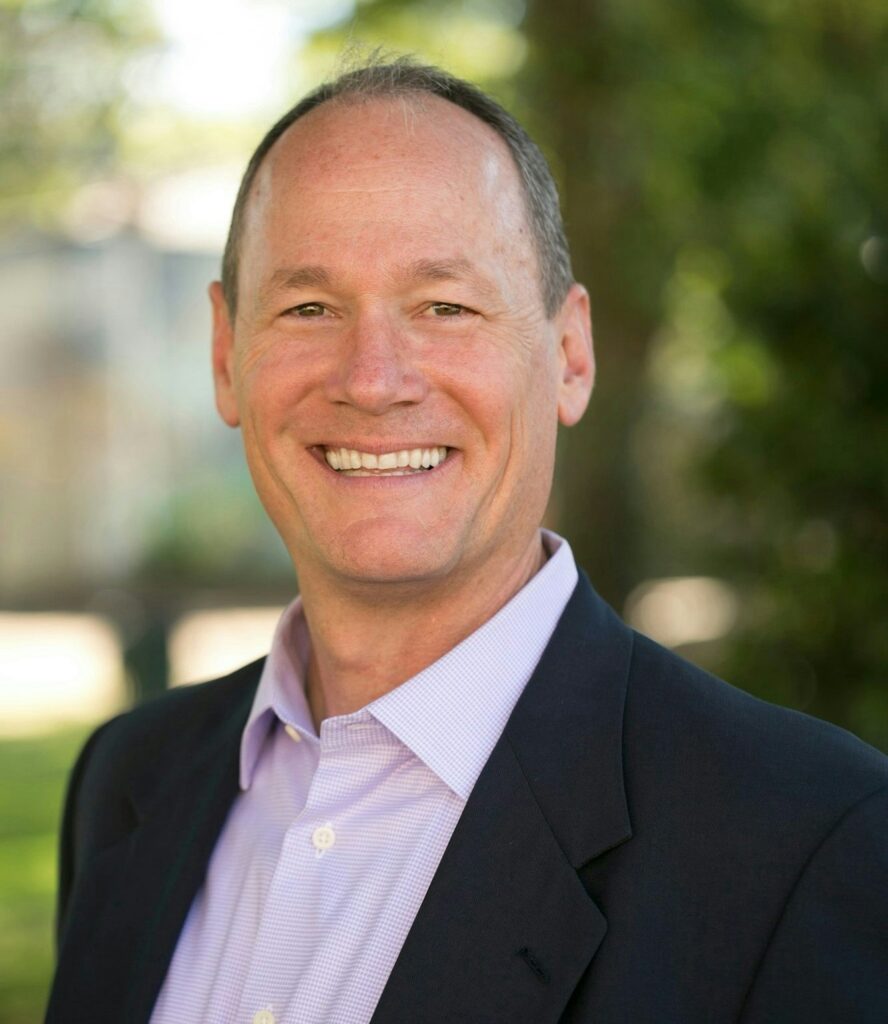
You may have read about a recent effort by Senator Angelique Ashby to require Sacramento County and the five largest cities in the County to restructure their homelessness efforts and pool resources to create a new government homelessness entity. Although I was directly involved in the ground-breaking partnership agreement between the County and City of Sacramento in 2022 to coordinate and improve our response to homelessness, and I support formal coordination across all jurisdictional boundaries in the County, a mandate by the Legislature is not the way to do it. I am a firm believer that local communities should control what happens within their boundaries. Senator Ashby’s legislation, SB 802, would undermine our ability to determine solutions that meet our needs.
Homelessness is an incredibly complex issue, and jurisdictions throughout the County have taken different approaches to solve it. But this is a problem that crosses government boundaries, and the response by a city, or the County in unincorporated areas, often impacts surrounding cities and neighborhoods. The cities and the County need to do a much better job communicating with each other, providing resources within their jurisdictions, and establishing clear standards for street-level homelessness efforts. In other words, coordination.
The County/City of Sacramento partnership agreement established a model for coordination that clearly identifies roles and responsibilities for homelessness response. It is an agreement we can build upon for a countywide approach that addresses how jurisdictions share information, how they address shelter and housing needs, how the County provides behavioral health and other social service supports, and how law enforcement addresses criminal behavior relating to encampments while accessing services. Discussions among elected officials about these issues are already happening, and County staff are actively communicating with staff from the cities of Sacramento, Rancho Cordova, Elk Grove, Folsom, Citrus Heights, Galt, and Isleton on a framework that will formally involve representatives from each jurisdiction on a new model for coordination. In October, I will join my fellow Supervisors and the Sacramento City Council at a joint, formal public meeting with mayors from the other cities in the County to discuss our collective response to homeless. The meeting will feature a discussion about County social services and behavioral health supports, shelter and housing resources, law enforcement response and access to emergency supports, data sharing, and a formal structure that requires ongoing and meaningful participation by all the jurisdictions in the County to chart a new path forward Sacramento.
When I ran for office in 2020, one of my biggest priorities was to improve the relationship between the County and City of Sacramento and better coordinate our approach to homelessness, the biggest issues facing almost every local government in the State of California. We made tremendous progress with the creation of the County/City partnership agreement. In the unincorporated parts of the County, especially in District 3, we have made progress expanding shelter, housing and social services capacity while supporting and empowering the Sheriff’s Office to enforce the law and remove encampments that are detrimental to out businesses and neighborhoods. I will keep working to take this balanced approach in the unincorporated communities, combined with better coordination and communication across jurisdictions, to all our neighboring cities.
Rich Desmond is the Sacramento County Supervisor for District 3 which includes Arden Arcade, Carmichael, Fair Oaks, Foothill Farms, and North Highlands, as well as the College-Glen and Campus Commons neighborhoods within the City of Sacramento. Supervisor Desmond is a fifth-generation Sacramentan and a lifelong resident of District 3. Before being elected, he served a 24-year career with the California Highway Patrol, including overseeing legislative affairs and acting as the Chief Sergeant-at-Arms for the state Assembly.












